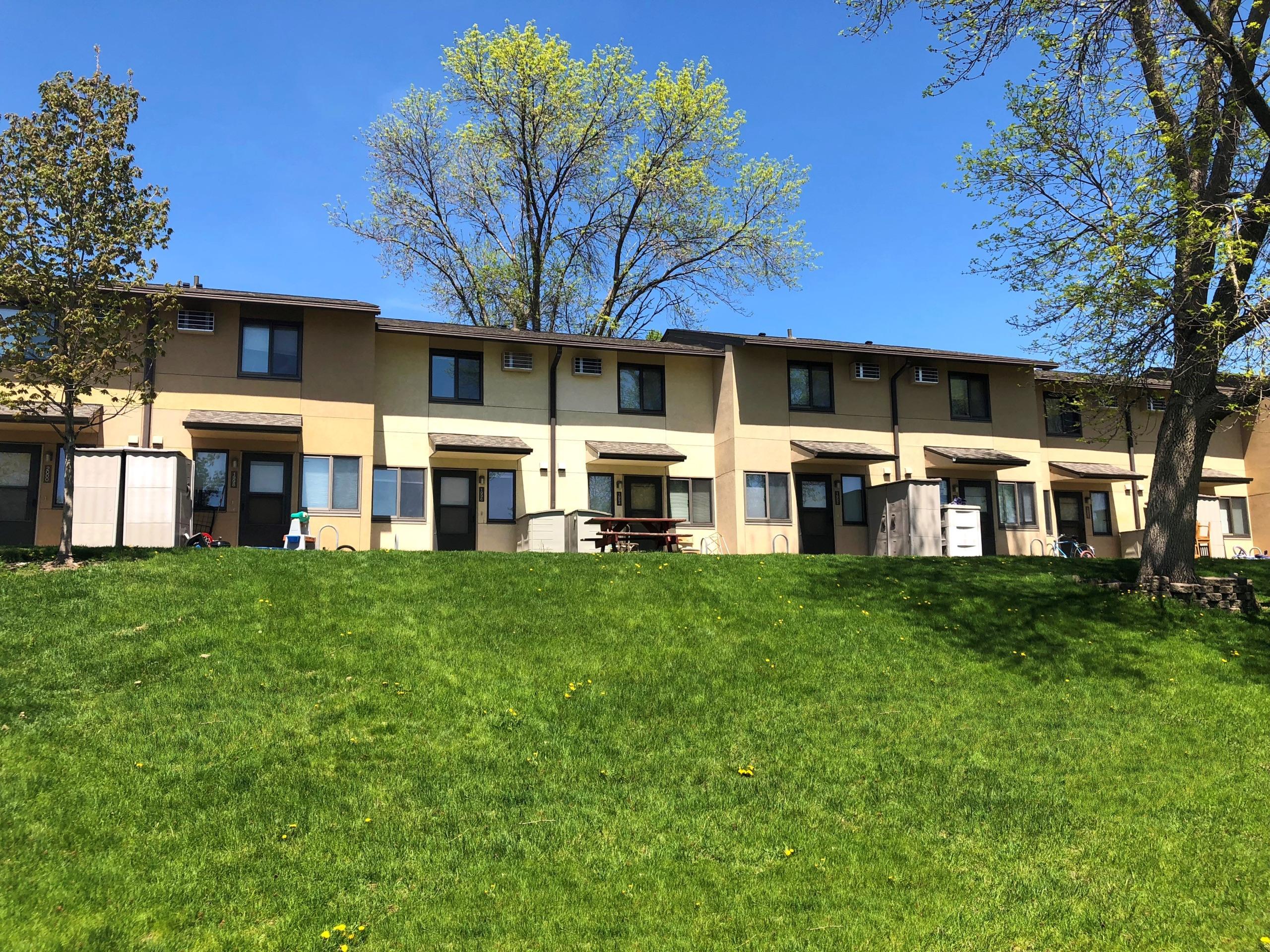
A healthier environment- Interested in seeing less pesticides used at CTC?
A healthier environment- Interested in seeing less pesticides used at CTC?
Earlier this year, the CTC Board passed a vote to create the Landscape and Environmental Design Task Force Committee in response to residents’ complaints about the landscaping chemicals being used around our homes. Pesticidesrefer to a substance that is used to control pests and include herbicides (kills/prevents unwanted plants), insecticides (kills/prevents unwanted insects), and fungicides (controls mold/mildew).
Throughout the years, people at CTC and neighbors from St. Anthony Park have reported a pesticide smell coming from the CTC property during the spring weed control (herbicide) sprays and residents have vocalized a concern with the lawn chemicals used here. Due to complaints, Landcare agreed to stop spraying pesticides on the interior lawn of Ward 9 as of 2013. Yet in 2018, the pesticide use at CTC remains enormous overall and it is time to rethink our environmental and health responsibilities as part of a forward-thinking research university.
While we recognize that CTC residents may have different viewpoints and experiences regarding pesticides, there is a growing number of residents who are questioning the economic, health, and environmental costs of using pesticides specifically around CTC residents’ homes and children’s play spaces. The American Academy of Pediatrics recommends limiting children’s exposure to pesticides and specifically recommends avoiding using herbicides on your lawn at home. They suggest using safer alternatives due to concern over health effects that could occur immediately and even possibly in the future: American Academy of Pediatrics Policy Statementand American Academy of Pediatrics on Limiting Exposure.
Landscape and Environmental Design Task Force
The goal of the committee is to research ways to create a more sustainable and less pesticide-intensive landscape. The results will be shared with UMN Landcare in order to improve the environment at CTC. The committee is made up of CTC managers, residents, and professionals in the field. We are lucky to be learning from organic landscaper Russ Henry of Minnehaha Falls Landscaping and Giving Tree Gardens.
A few things we are working on:
- Pesticide-free lawns for those who set up a sign in front and/or back of their house.
- Three chemical-free pilot sites (explained in more detail below).
- Researching pollinator-friendly landscapes.
- Considering nature-based play areas for our kids.
There are many reasons why people on the task force are interested in this project. Reasons include:
- Minimizing potential health consequences of pesticides. The risk is especially high for young children whose developing bodies are particularly vulnerable, and who are more likely to ingest pesticides as they eat something off the grass or touch grass and lick their hands.
- Creating a better environment for the benefit of wildlife and people through supporting more pollinator-friendly environments and reducing the flow of contaminants into our watershed.
- Looking into ways to cut landscaping costs.
- Preserving a healthy living environment without breathing in the smell of pesticides while outside our homes.
- Rethinking the real land use of this property: This is mainly a children’s play area which needs a different type of attention than the student campus or a golf course.
- Supporting kids’ development by providing different types of nature in their play spaces:
We have set up three “chemical-free pilot sites” near the office, which are testing sites for chemical-free lawns. One of the sites is a restoration site (meaning the grass was reseeded) and the other two are sites with established lawn. No pesticides were sprayed on the pilot sites or within 10 feet of the sites this spring. Instead, we are experimenting with organic methods to keep the lawn healthy and weed-free. For example, a special brew of compost tea was used on the sites (a carefully prepared mixture of water and compost). We hope to show that there are cost-friendly alternatives to the use of chemicals.
A soil test was taken in each site to analyze the soil for the presence of fungus. The presence of fungus signifies that the soil is healthy and is less likely to breed weeds. When we use pesticides on the soil, it kills fungus and breeds bacteria, which promotes weed growth. People get caught in an endless cycle of creating bacteria-thriving soil, which then grows weeds and requires additional weed killer to control.
The soil at each site will be tested three times during the growing season to track the health of the soil (including analyzing fungus and bacteria contents). We will keep you updated about these experimental tests.
What can I do to support this project?
This is a really exciting initiative that requires more open support for the project to succeed!
- Get a free sign from the CTC office which requests that no pesticides are used on your lawn.
- Come to a committee meeting to learn more. Contact Shanea (shanea@umnctc.org) to get on our e-mail list and learn about upcoming meetings. No expertise in landscaping is required!
- Let us know if you have an expertise that you would like to share with the group.
- Talk with your neighbors and friends if you are excited about seeing this project move forward.
- Check out the chemical-free pilot sites throughout the growing season.
Please join us at the next Landscape and Environmental Design Task force meeting: Wednesday, July 11, 2018 – 5:30pm- Community Center Building- Fireplace room.
Courtney Marshall and Verena Billmann
Landscape and Environmental Design Task Force